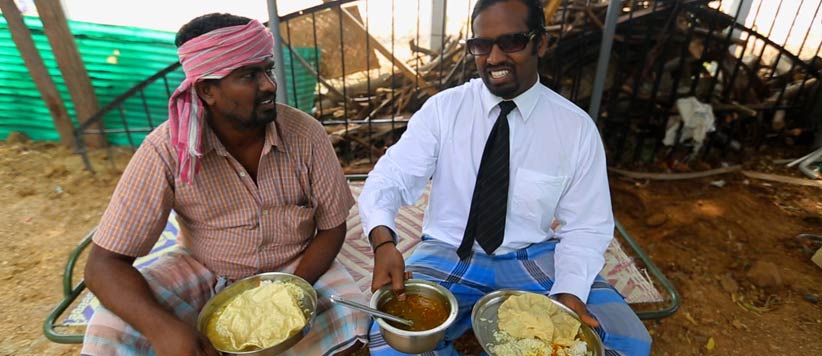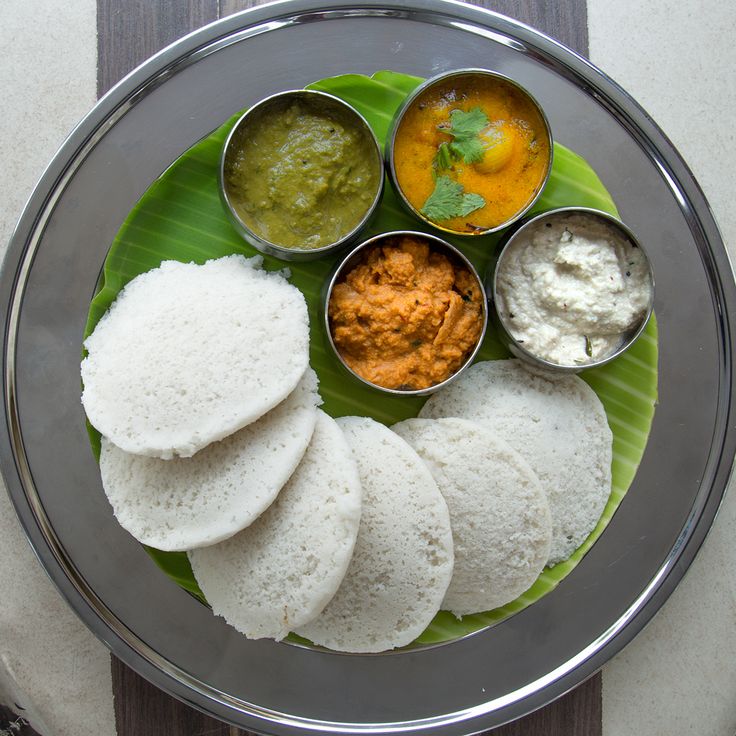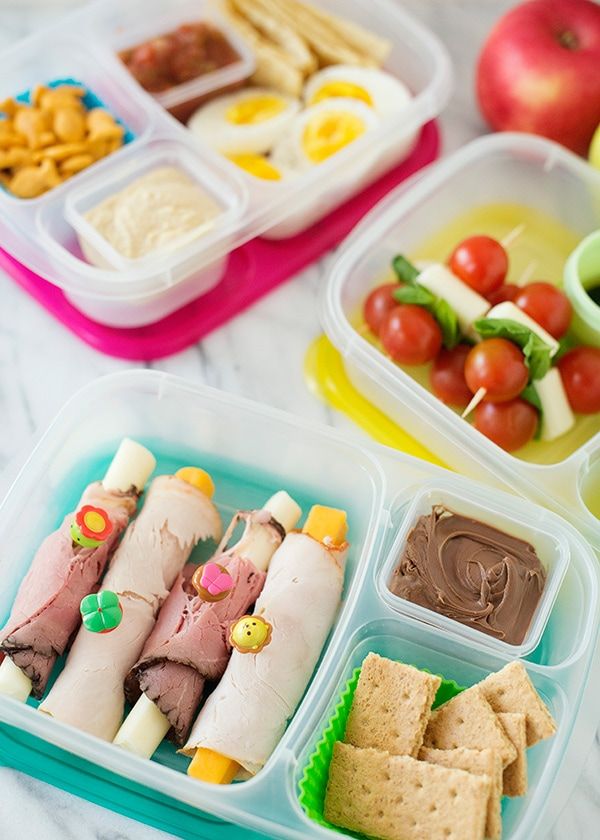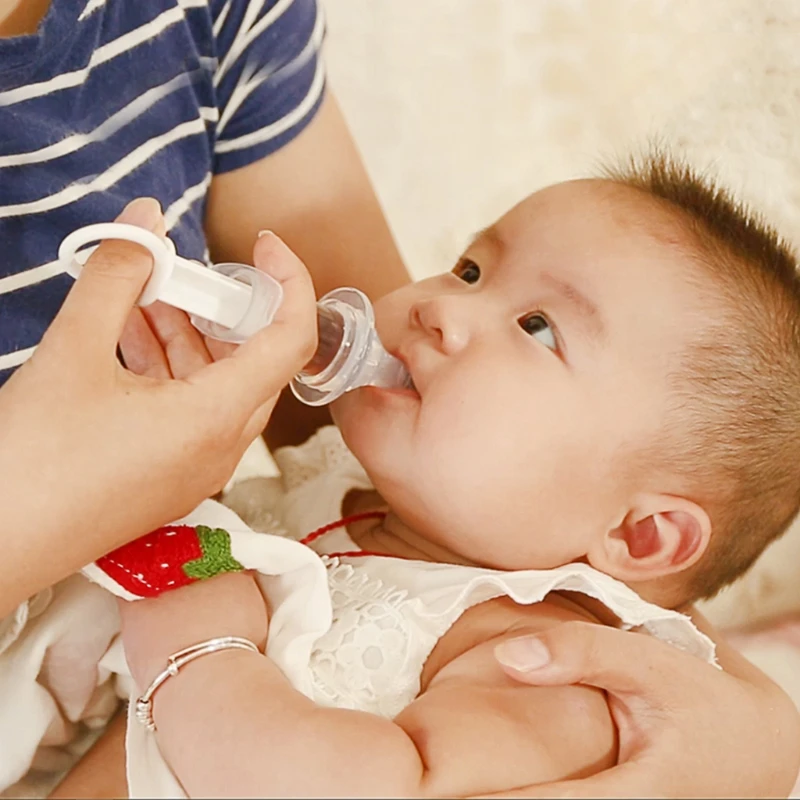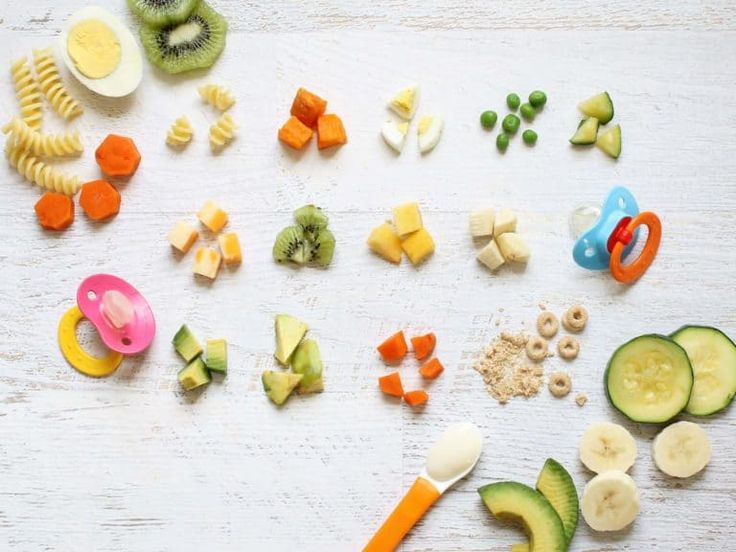South indian food for 1 year old baby
15 Delicious Indian Food Recipes for 1 Year Old Baby
Food is an experience, and you may have observed your baby’s curiosity about different flavours and textures of foods, once he reaches 12 months of age. Babies this age like to taste food beyond simple purees. The worry is how to modify complex Indian recipes to suit their digestive system, so, it is essential that Indian foods are introduced in a simplified manner.
Also Read: 1 Year Baby Developmental Milestones
Indian Food Recipes for a 12-Month-Old Baby
Here are our hand-picked recipes, modified to suit the tummies of one-year-olds. Some of the best breakfast recipes for a one year-old Indian baby and, interesting South Indian baby food recipes for a one-year-old have been simplified to introduce babies to Indian dishes that they will enjoy.
Remember:
- Milk can be dairy, breast milk, or formula. Be cautious of heating breast milk.
- Create the Ingredients at home, if possible.
Avoid buying canned products.
- Do not use honey as a sweetener if your baby is not yet 12 months old.
1. Porridge
A favourite of many children, when made the right way, the liquid soft consistency is to consume.
A) Ragi Porridge
It is high in fibre and helps in bone density and muscle building.
Ingredients:
- Ragi seeds: 3-4 tbsp.
- Water
- Milk + Jaggery or Curd + salt
How to Cook:
- Wash sun dried ragi grains and soak them overnight.
- Grind these with added water to make a gooey white paste.
- Boil this with enough water.
- Once it thickens switch off the flame, add some milk and jaggery for a sweet flavour.
- Alternatively, once it cools, add curd and salt.
Also Read: Engaging Activities for 1 Year Old
B) Rava Porridge
This is a good break from other types of porridge. It is sweet flavoured and easily digestible.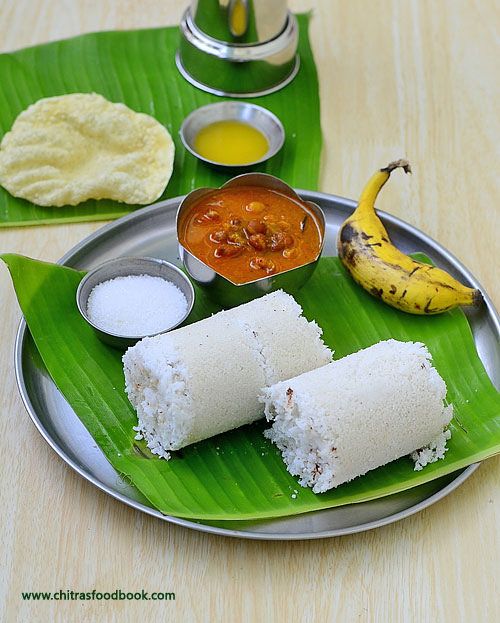
Ingredients:
- Rava: 2 tbsp.
- Water: ½ cup
- Ghee: 1 or 2 tsp.
- Jaggery: to taste
- Milk
How to Cook:
- Roast rava in ghee on a low flame; do not brown. Switch off when it is fragrant. Set aside.
- Boil water and add the roasted rava slowly. Switch off as the mixture thickens and most of the water is absorbed.
- After ten minutes, add jaggery and milk to the completely thickened upma. Add until it is porridge consistency.
2. Rice
Rice consumes the flavour of any ingredient easily and is easily digestible.
A) Sticky Banana Rice
One of the easiest dishes to swallow, you will be amazed at the speed at which it is consumed by your little one.
Ingredients:
- Rice: 1 cup
- Coconut milk (diluted): two cups
- Jaggery: 1 tbsp.
- Banana: 2 elachi or small bananas.
- Thick coconut milk: 2 tbsp.
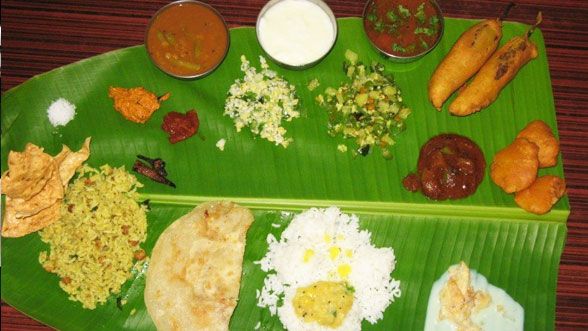
How to Cook:
- Soak rice overnight in diluted coconut milk.
- Pressure cook it with extra water.
- Heat the thick coconut milk with jaggery and add the rice.
- Squash bananas in a serving bowl and add the sweetened rice.
B) Kara Pongal
This is a good dish to introduce to your child’s diet.
Ingredients:
- Rice: 1 cup
- Moong dal: ½ cup
- Jeera: 1 tsp.
- Ghee: 1 tsp.
- Curry leaves: a few
- Ginger: a large pinch
- Pepper: for taste (optional)
- Water- 5 cups
- Salt: to taste
How to Cook:
- Wash and soak the rice and moong dal for half an hour.
- Heat ghee in a cooker and add jeera.
- Add and Sauté ginger and curry leaves for a minute.
- Add the rice-dal mixture and top it up with water.
- Add pepper and salt.
- Remove the curry leaves and mash the food before serving.
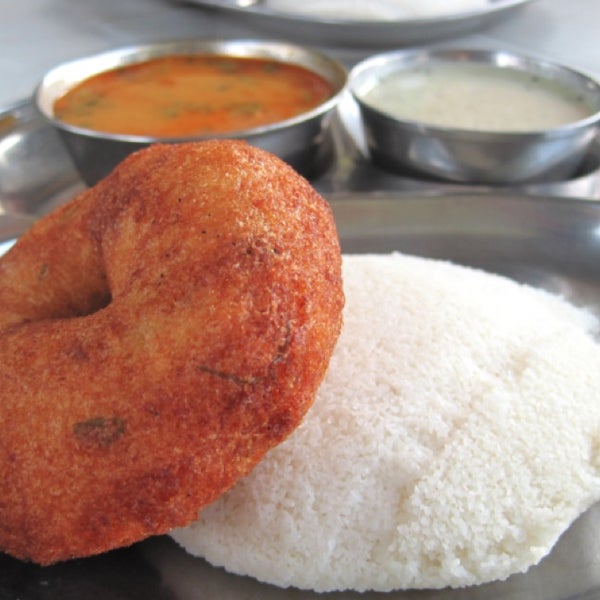 .
.
3. Soups
A flavoursome dish that can be consumed during sickness or even in between meals.
A) Tomato And Carrot Soup
A tangy dish full of vitamins
Ingredients:
- Carrot: 1
- Tomato: 1
- Onion: 2 tbsp. (finely chopped)
- Garlic: 1 small clove (finely chopped)
- Butter: 1 tsp.
- Cumin seeds: ¼ tsp.
- Pepper powder: a pinch
- Water: 1.5 cups
- Salt
How to Cook:
- Clean the vegetables thoroughly and dice them into small cubes.
- Heat butter in a pressure cooker and add cumin seeds
- Sauté onions and garlic until translucent
- Add carrot and tomato with enough water. Also, add salt and pepper.
- Bring it to a boil
- Pressure cook for three whistles on a medium flame
- Grind and strain
- If you do not wish to strain, remember to blanch the tomatoes and peel off the skin.
- Serve it lukewarm.
B) Chicken Soup
Especially yummy when kids are down with a cold.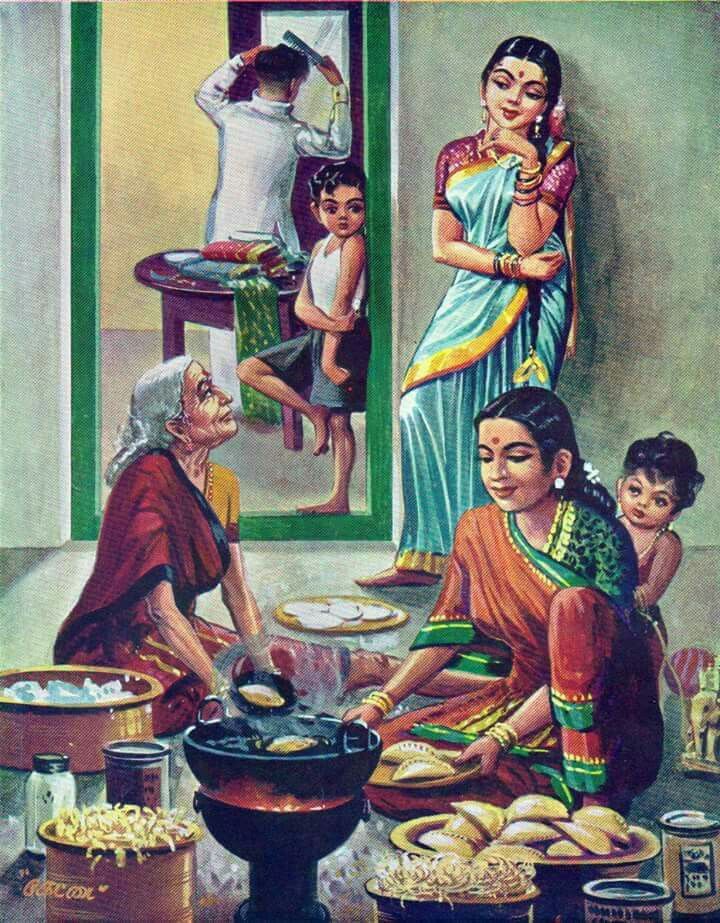
Ingredients:
- Chicken: one breast piece shredded.
- Onion: 1 small (finely chopped)
- Vegetables (carrot, potato): 2 tbsp. (chopped)
- Chicken stock/ water: 1 cup.
- Butter: 2 tsp.
- Salt
How to Cook:
- Add butter in a pressure cooker and sauté the onions till translucent.
- Add the chicken, along with veggies and water
- Pressure cook for two whistles
- Blend the cooled mixture and serve it luke warm.
4. Curries
These contain a burst of flavour; best served with Indian Bread or Rice.
A) Fish Curry
One of the better ways to introduce children to fish and spices.
Ingredients:
- Coconut oil: 1 tbsp.
- Large onion: 1 finely chopped
- Garlic clove: 1 finely chopped
- Ginger: 1 tsp. chopped finely
- Tomatoes: 2 chopped finely
- White meaty fish (avoid fish with tiny bones) with skin removed: 125 gm
- Curd: 30 ml
- Garam masala: 1 tsp.

- Chilli powder or pepper powder to taste (Be cautious of chilli powder. Do not make it too spicy)
- Water: 200ml
How to Cook:
- Sauté onions, garlic and ginger in a frying pan until translucent.
- Mix the pepper or chilli powder.
- Add water and tomatoes and bring to a boil.
- Let it simmer for a few minutes
- Add the fish, then cover and cook for 2 minutes. Add the yoghurt and coriander, and cook for another couple of minutes.
- Cook the rice and serve alongside your fish curry.
- Add garam masala to taste.
- Serve with optional tomato, onion and coriander salad.
B) Dal Curry
Dal is a good combination of carbs and proteins.
Ingredients:
- Moong dal: ½ cup
- Toor dal ½ cup
- Turmeric: 1 tsp.
- Ghee: 2 tsp.
- Jeera: 1 tsp.
- Water: 3 cups
- Salt as per taste
How to Cook:
- Wash the dal and add the turmeric and salt.
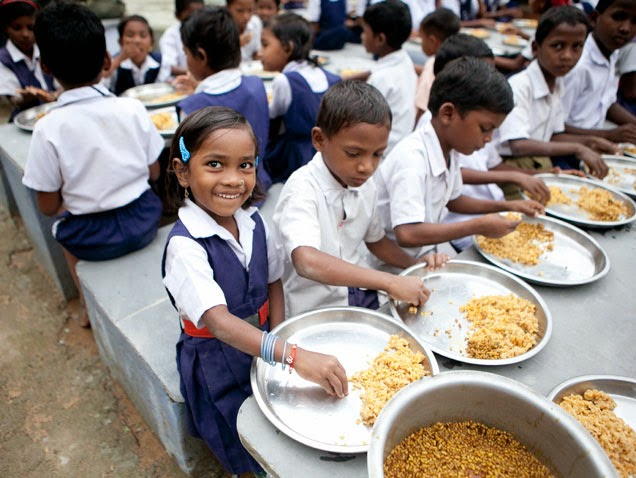
- Pressure cook with 3 cups of water.
- Temper jeera in ghee and add it to the dal
5. Egg Dishes
An egg is a good introduction to complex food.
A) Egg Bhurji
This is a good snack and can be served with rice.
Ingredients:
- Eggs: 1
- Pepper powder: a pinch
- Milk: 3 tbsp. boiled
- Cheese (grated): 1 tsp
- Butter: ½ tsp.
- Salt
How to Cook:
- Beat the egg with milk.
- Melt some butter and add the beaten egg. Stir the eggs continuously until scrambled.
- Mix cheese, pepper, and salt.
- Stir it evenly before switching off the flame.
B) Bread Omelette
The softness of the egg will reduce the dryness of the bread.
Ingredients:
- Eggs: 1 (beaten)
- Pepper powder: a pinch (optional)
- Bread: 2 slices
- Butter: 1 tsp.
- Salt as per taste
How to Cook:
- Cut the ends of the bread.

- Beat an egg and add pepper and salt
- Heat butter in a pan.
- Dip the bread into the eggs, coat it evenly on both sides, and transfer it to the pan.
- Cook on both sides until golden brown.
- Repeat with the other bread.
6. Instant Dosa
Dosa’s are the staple food of South Indian breakfast.
A) Rava Dosa
A version of dosa that needs no fermenting. You can add veggies as the baby gets used to it.
Ingredients:
- Sooji/ Rava: ½ cup
- Curd: ½ cup
- Rice flour: ½ cup
- Water: 3-4 cups
- Jeera: 1 tsp.
- Salt
- Ghee
How to Cook:
- Mix rava, rice flour, salt, and jeera.
- Add curd carefully, as well as water in small amounts. Do not make it lumpy.
- The consistency should be like thick buttermilk. Not thick, but not too thin.
- Heat the pan well and spread the dosa batter outward to inward in a circle.

- The dosa will have holes. Circle a teaspoon of ghee before closing the lid.
- Remove when crisp.
B) Wheat Dosa
A better, softer way to introduce wheat to your little one’s diet.
Ingredients:
- Wheat flour: 2 cups
- Rice flour: ¼ cup
- Onion: 1 chopped finely
- Ginger: 1 tbsp. chopped finely
- Jeera: ½ tsp.
- Water: 4 cups
- Salt
- Ghee
How to Cook:
- Mix wheat flour, rice flour, cumin seeds, chopped onions, ginger, and salt.
- Add some water and mix well. The batter is similar to the rava dosa.
- Heat a non-stick pan and pour the batter outward to inward in a circle.
- Cook until brown, before flipping.
7. Desserts
Rich in sugar, desserts give energy and uplifts mood.
A) Sweet Pongal
A South Indian must at every festival.
Ingredients:
- Rice: ½ cup
- Moong dal: 1 to 1.
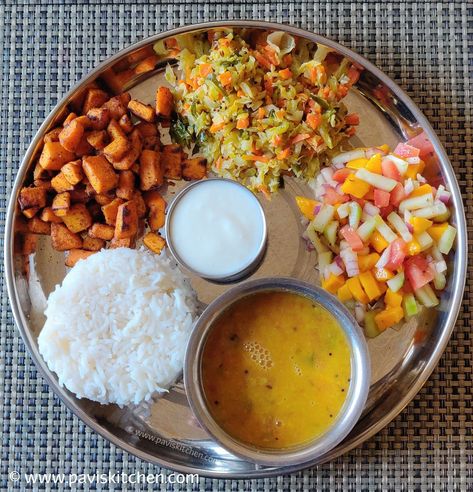 5 tbsp.
5 tbsp. - Jaggery: ½ cup
- Salt: a pinch
- Water: 2.5 cups
- Cardamom Powder: ¼ tsp
- Ghee – 4 tsp
- Milk
How to Cook:
- Melt the jaggery with ½ cup water and dissolve completely. Strain the liquid and set aside
- Heat ghee and roast the moong dal for three minutes in a cooker. Mix washed rice and add water.
- Pressure cook for four whistles.
- Once the pressure wears off, add the jaggery water to the mixture, along with ghee, salt and cardamom powder. Add half a cup milk as the mixture thickens.
- Cook it for few minutes, stirring regularly.
B) Naryal Or Elaneer Payasam
A unique sweet that’s best for the summers.
Ingredients:
- Tender Coconut Water: 1 cup
- Tender Coconut Pulp: 1 cup
- Milk: 2 cups
- Jaggery: 1/4 cup
- Cardamom Powder: 1/2 tsp
How to Cook:
- Beat the tender coconut pulp, add the tender water, and refrigerate.
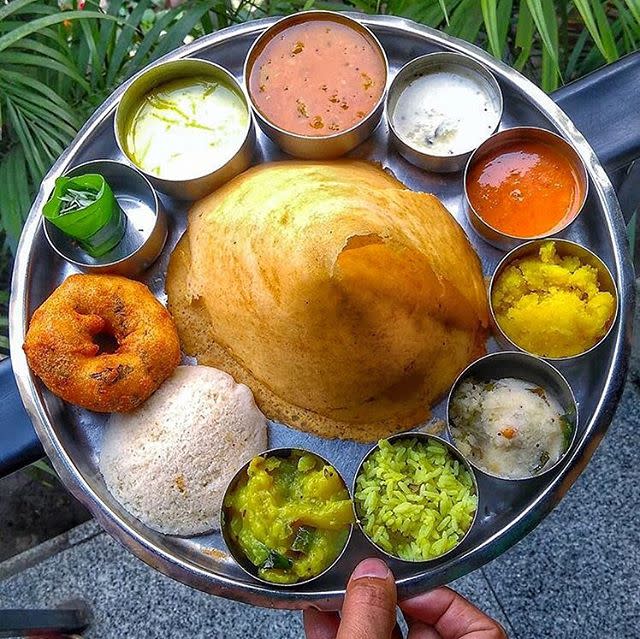
- Boil milk and jaggery until thick, and add the cardamom powder
- Pour the milk into the tender coconut pulp and let it cool.
C) Arrowroot Pudding
A sweet way to keep constipation at bay!
Ingredients:
- Arrowroot powder: ½ cup
- Jaggery: 2 medium size
- Cardamom powder: ¼ tsp
How to Cook:
- Soak the arrowroot powder for ten minutes in water and drain the water, along with the dirt particles.
- Add some water to make a thin paste.
- Grind coconut milk, cardamom powder, and jaggery
- Boil it in a pan. Add the arrowroot paste in small amounts, while continuously stirring.
- Keep stirring, until the paste thickens to a custard consistency.
- Brush ghee or butter in a deep plate and pour the mixture.
- Let it cool.
You can always add or subtract ingredients according to your baby’s taste, as these foods can be easily modified. Above all, do not cook with stress. Cook with love, joy and positivity. Babies sense it in the food, as much as they sense it in your arms.
Cook with love, joy and positivity. Babies sense it in the food, as much as they sense it in your arms.
Tips on Feeding Your One-Year-Old
1. Don’t Force-Feed Your Child
Kids at this age are just beginning to develop their sense of flavour and figuring out what they like or dislike. Encourage toddlers to eat, but don’t force-feed them anything they don’t like, no matter how nutritious. Try and look for alternatives or mask the ingredient in other foods.
2. Food Should Be Easy to Eat
Your one-year-old still carries the risk of choking on big chunks of food, so keep the food soft, in small pieces, and easily chewable.
3. Cool Down the Food Before Serving
Your child may begin to eat without considering how hot the food is, so test the temperature on yourself before feeding.
4. Avoid Adding Excess Salt, Fat, Spices, and Sugar
These ingredients may cause health issues in the long run, so only use how much is needed in the dish. Additionally, your child cannot handle as much spice as you can, so bear in mind his tastes when cooking.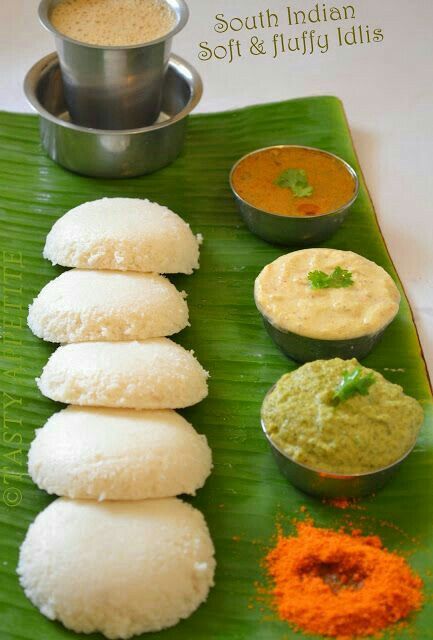
5. Supervise Your Child During Mealtimes
Children at this age may insist on eating food by themselves, but don’t simply hand them the spoon and go about your chores. Make sure to stick around your child when he is eating to administer immediate help in case of choking, etc.
Also Read:
1 Year Baby Meal Plan
1 Year Old Baby Food Ideas
Baby food chart with recipes for 7 months to 1 year Indian baby & toddlers
By Swasthi on August 6, 2022, Comments,
Indian baby food chart along with a list of tried & tested 60 Indian baby food recipes. Thanks to the readers who led me to this post on Indian baby food chart. Before I take you to the details of the food chart and the food recipes, please be informed that this post is based on my experience. I have honestly expressed my views and opinions on easy baby weaning so that it could be helpful to new mothers.
Please read the comments below before posting your queries since similar queries may have been answered.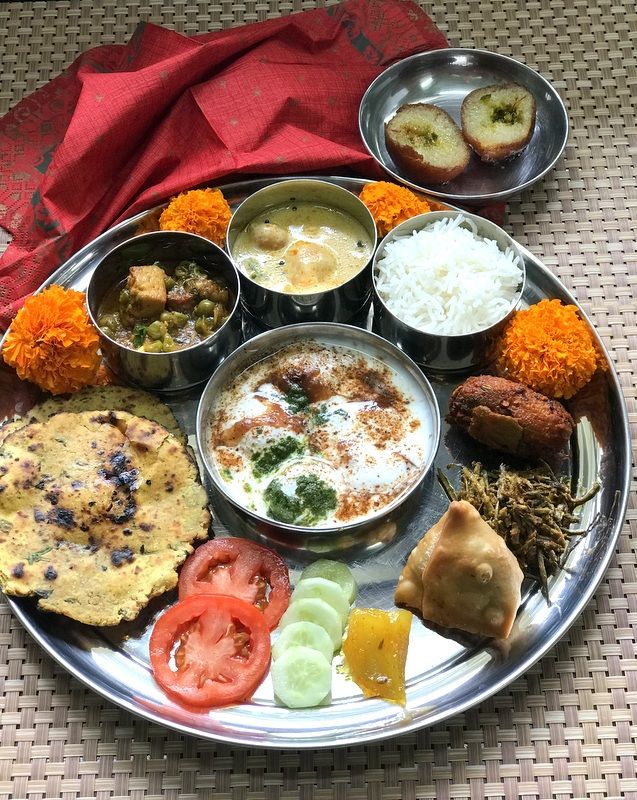
Well, some of my tips might look like old wives tales since they are based on Ayurveda, but I do trust them in growing healthy and happy babies. However I suggest consulting your elders or pediatrician before you follow any new foods or tip that have been mentioned here.
For the past several years, I have been consistently sharing & updating baby recipes especially for a good weight gain. You can find all the latest recipes or ideas on the baby toddler recipes section.
Readers who have been asking for suggestions on foods to gain weight, please check this detailed post on best foods for weight gain in babies & toddlers.
Is this baby food chart suitable to my Baby?
This Indian baby food chart is a generalized one suitable for most babies. However i suggest you to use your judgement whether to include or not, certain ingredients in your babies diet based on your babies allergies, intolerance, appetite, likes and dislikes.
I have tried to link most Indian baby food recipes that I have posted earlier on this blog. Many were written almost 5 years ago and are updated regularly with new tips based on the readers reviews.
This Indian baby food chart was developed by me based on what i fed my 2 kids, whose birth weight was 3.3 kgs and 3.4 kgs. The ideas were basically drawn from the health and baby weaning booklets that were given to us during our visits to the singapore clinics, hospitals and few from clinics in Bangalore.
This chart is also suitable to babies who were preterm born or were underweight. However I suggest mums with such babies to consult a pediatrician if you are skeptical about these foods.
This post will be updated, to include tips and other information. You can leave a comment here if you want to know anything specific which will be answered. Please feel free to share or discuss your experiences, views, problems that you encounter while weaning your babies in the comment section.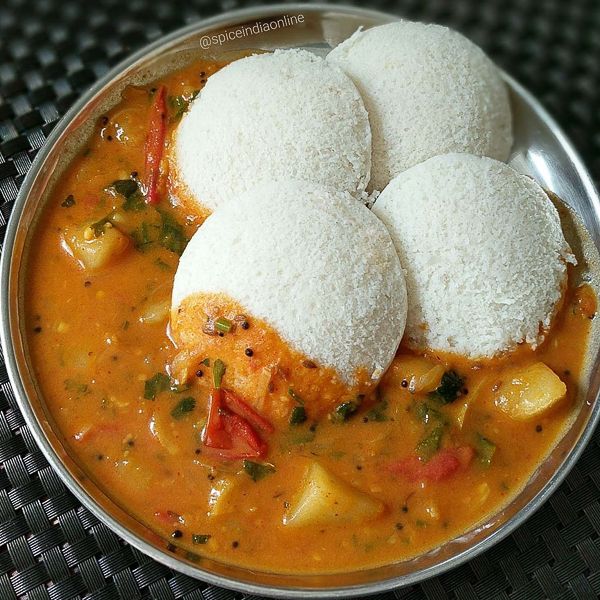 It could be helpful to other readers, it’s through sharing we can learn.
It could be helpful to other readers, it’s through sharing we can learn.
When to introduce food to baby – 6 months to 1 year
Here is a brief guide on the right time to introduce foods. But how to introduce them can be found in the recipe posts. Example: Oats or oatmeal – I have mentioned clearly how to choose them and the kind you can use and how to prepare it for a baby.
You can find a a detailed baby food chart for 6 months old baby here along with recipes.
This Indian baby food chart and the baby food recipes have been developed for a good weight gain in babies.
Indian baby food chart for babies above 7 months or from 8 months
| Milk – (skip milk if baby wakes up after 8 am, make a milk based breakfast from breakfast section) |
| One of the following: APPLE RICE CEREAL Quick fix breakfast (for 8 to 18 months): |
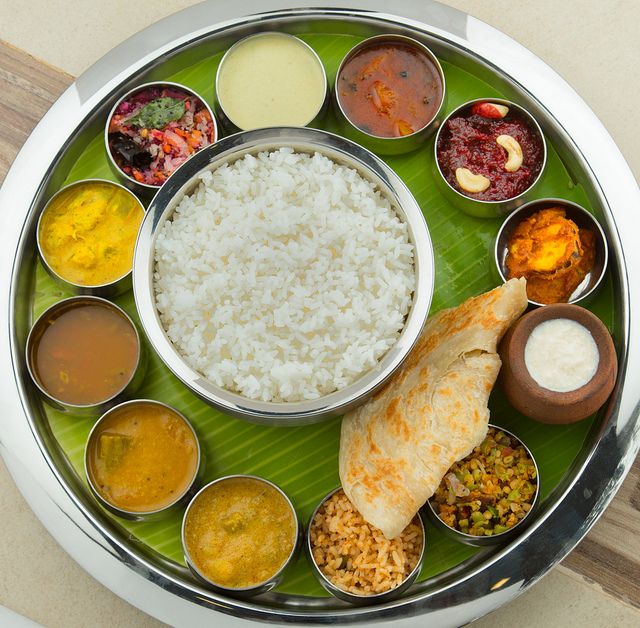 15 am 15 am |
| One of the following: Steamed apple (raw apple for babies older than 12 months) |
| Try using whole grains like RAGI OR FINGER MILLET Try one of the following DALIA KHICHDI (vegetable broken wheat food) For a lighter meal, if the baby has colic mashed rice with dal ka paani with a pinch of ajwain(strained dal soup) |
 30 to 3 pm 30 to 3 pm |
| Fruits or steam cooked mashed veggies |
| One of the following: Large serving of Milk |
| Please Note: Feeding late can cause indigestion and the infant may not sleep due to colic. Avoid feeding heavy foods. Dinner should always be light, nutritious, mostly vegetable based. For babies from 10 to 12 months prefer light foods from breakfast section. Avoid egg & nuts. Babies above 12 months : Any foods mentioned in the breakfast and lunch can also be served for dinner. Other options mashed rice with dal ka paani (strained dal soup) |
| Large serving of Milk. Make sure there is a gap of at least 1 hour 30 mins in between the completion of dinner and milk. For babies above 12 months: If the baby is still hungry after the milk, can feed some light crackers. |
Related post: how to make ragi flour for babies or toddlers’ porridge
Tips to increase the appetite in babies
1. Try to serve fruits 1 ½ to 2 hours before a meal. They tend to make the infant feel hungry naturally. Do not serve fruit with a meal.
2. Do not mix fruits with dairy especially milk.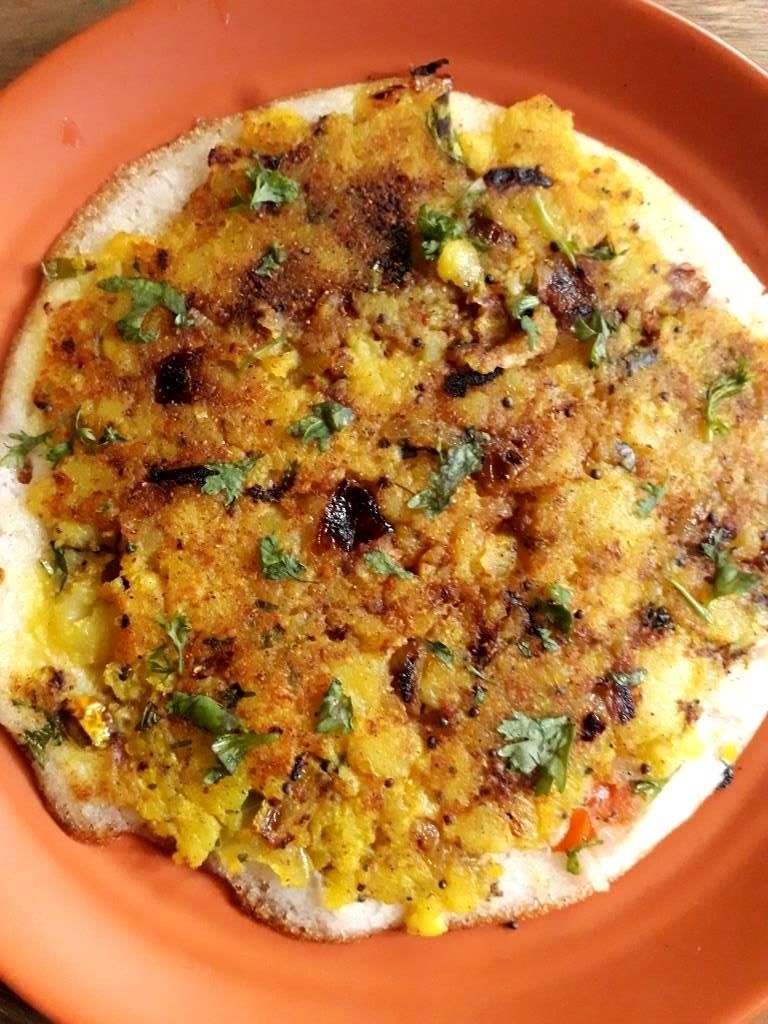 It leads to indigestion.
It leads to indigestion.
3. Babies need exercise, let them play and crawl or run around. Don’t confine them to a small area. For toddlers / babies who can walk, a small walk in the neighborhood before a meal can make them hungry.
General Tips:
1. If you have a very fussy baby, avoid milk in the early morning and serve milk based breakfast mentioned in the table.
2. Serving bread or any other baked stuff to babies, leads to colic or bloating due to the ingredients like baking soda, powder, yeast etc.
3. Limit crackers or biscuits to only once a day, avoiding is however better.
About Swasthi
I’m Swasthi Shreekanth, the recipe developer, food photographer & food writer behind Swasthi’s Recipes. My aim is to help you cook great Indian food with my time-tested recipes. After 2 decades of experience in practical Indian cooking I started this blog to help people cook better & more often at home. Whether you are a novice or an experienced cook I am sure Swasthi’s Recipes will assist you to enhance your cooking skills.
Whether you are a novice or an experienced cook I am sure Swasthi’s Recipes will assist you to enhance your cooking skills.
Follow Swasthi’s Recipes
Sign up to receive awesome Swasthi’s Recipes in your inbox *
Popular Recipes
Featured Recipes
90,000 Indian cuisine, 419 step -by -step recipes with a photo on the site "Food" Indian cuisine, 419 step -by -step recipes with photos on the site "Food"
Golden Golden
My book of recipes
Enable Ingredients
Exception Ingredients
Popular ingredients
Recipe Type
Food Reviewed
Step by Step Recipes
Video Recipes
Recipes with History
All Recipes
Search for recipes by selecting a dish category, subcategory, cuisine or menu. And in additional filters, you can search for the desired (or unnecessary) ingredient: just start writing its name and the site will select the appropriate one.
And in additional filters, you can search for the desired (or unnecessary) ingredient: just start writing its name and the site will select the appropriate one.
ChickenCurry BeansMush PeasChicken Legs
419 Recipes Found
Sort:
soups • Indian cuisine
LED soup with tomatoes
Author: MaryFortuday
8 portions40 minutes 9000 Author: Cooker
4 portions
special projects
Main courses•Indian cuisine
Tikka Masala
Author: Natali
6 portions
Main dishes • Indian cuisine
Pumpkin Curry with chickpeas and tsukini
Author: Elpukhova
6 servings
45 minutesMain dishes • Indian cuisine 9000
4 servings
40 minutes
Soups•Indian cuisine
Red lentil and carrot soup
Author: Olga Khudina
0004 30 minutes
breakfast • Indian kitchen
porridge Curry from wild rice with shrimp
Author: Alexey Zimin
6 Portations
50 minutes
9000 , make croquettes out of it and cook sweet potato friesQuestion
How to brew rose hips We tell you about two ways - for good and for joy
How it is made
How Viola yogurts are made At the factory in Gatchina
Special projects
Main dishes • Indian cuisine
Green Curry with chicken and rice
Author: Alexey Zimin
6 servings
9000 25 minutes
snacks • Indian kitchen
color cabbage with potatoes in Indian spices
Author: Olga Khudina
4 servings
30 minutes
Drinks•Indian cuisine
Masala Chai
Author: Food 00310 servings
20 minutes
Sauses and marinades • Indian cuisine
Curry
Author: Nina Koval
6 Portations20 minutes 9000
Author: Elena Grabilina
6 servings
30 minutes
Soups•Indian cuisine
Lentil soup
Author: 0 Alexey Zimin
4 8 portions
40 minutes
Main dishes • Indian kitchen
Chicken legs Tanduri
Author: Alexey Zimin
6 servings
25 minutes 90,000 diets of a year -old child / what and how to feed the baby - an article from the "What to feed" section on Food. ru
ru
Principles of a child's nutrition per year
table. At the very least, the diet of a one-year-old child should be very different from that of an adult.
Adult food is often unbalanced, prepared in an inappropriate way for a baby, contains a lot of sugar, salt and spices. Such food harms the growing organism. Therefore, first of all, build the right diet.
-
It is recommended to eat 3-4 times a day for 300-400 g plus 1-2 snacks between feedings.
-
From the first year of life, the baby can chew solid food.
-
If lactation continues, breastfeed until 2 years of age.
-
Avoid fast food and sugary sodas.
A one-year-old's diet might look like this:
-
8:00 - breakfast.
-
12:00 - lunch.
-
16:00 - afternoon tea.
-
19:00 - dinner.
-
21:00 - snack.
Advice
600 ml is the recommended amount of milk for a baby to drink daily.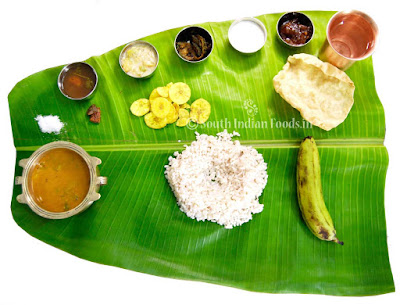
If breastfeeding, feed your baby after waking up, in the afternoon after dinner, or before bed. You need to feed at the same time with a delay of 15-20 minutes.
Proper nutrition helps to form reflexes, which improves the absorption of nutrients in the body.
How much should a one-year-old child eat
A baby's diet should include 1000–1400 kcal per day. The calculation is as follows: multiply the weight of the child by 100 kcal.
The calorie content is distributed as follows:
-
breakfast - 250 kcal;
-
lunch - 350 kcal;
-
afternoon snack - 200 kcal;
-
dinner - 200 kcal.
Healthy food contains enough vitamins, minerals and nutrients: proteins, carbohydrates and fats. It is necessary to include fatty foods in the child's diet: milk, butter, sour cream, cream. Fatty food promotes the absorption of trace elements in the body.
Interesting fact
10% of one-year-old children in Russia are overweight.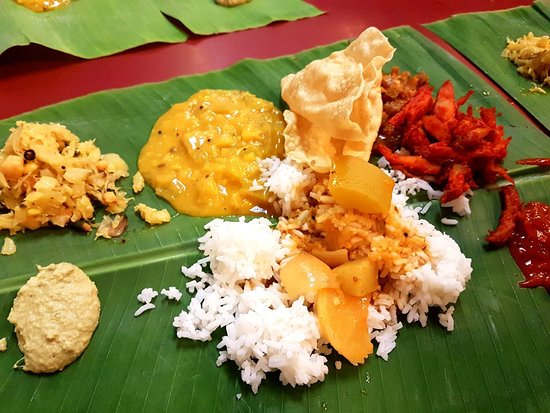 They are not properly fed, they are allowed to eat fast food and drink soda. Obesity at an early age leads to vascular disease, heart disease, diabetes, mental disorders and other serious disorders.
They are not properly fed, they are allowed to eat fast food and drink soda. Obesity at an early age leads to vascular disease, heart disease, diabetes, mental disorders and other serious disorders.
Child's menu per year
Balanced menu includes specialty meals designed to meet the needs of children, plus "adult" foods: meat, fish, eggs, dairy products, fruits, vegetables, cereals, bread, pastries and legumes.
It is good to eat milk porridge for breakfast. It is a rich source of vitamins, minerals and fiber. Fiber is good for intestinal microflora: it regulates the balance of beneficial and harmful bacteria.
Meat is a source of animal protein, indispensable for a growing organism. WHO recommends that children eat 60–70 g of meat per day. It can be served as steam cutlets, meatballs in soup, or any other attractive form. Offal and meat products are harmful to a one-year-old child.
It is also desirable to gradually expand the vegetable menu. Vegetables contain many vitamins, minerals, trace elements and organic acids that are beneficial to the body.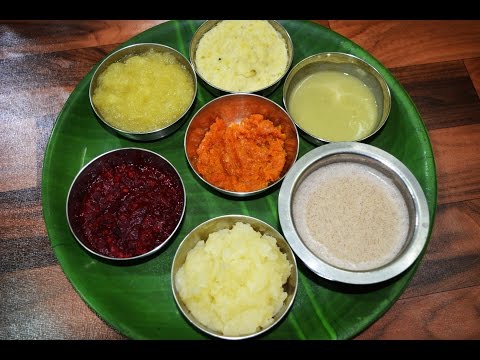 Gradually introduce boiled carrots, cabbage, zucchini, turnips, beets into the baby's diet.
Gradually introduce boiled carrots, cabbage, zucchini, turnips, beets into the baby's diet.
Legumes are a source of vegetable proteins. Beans, lentils, green peas diversify the baby's diet. They contain useful trace elements, vitamins, as well as coarse fiber. Therefore, legumes need to be boiled and chopped in a blender. Beans should not be eaten too often either, as they cause bloating and, in rare cases, diarrhea.
Fruit diet improves immunity, especially in winter when the body is weakened. Fruit goes well with cereals or served as smoothies and juices.
Sugar and salt lead to nutritional imbalances, cardiovascular problems and obesity. Avoid cakes, pastries, chocolate bars and other sweets. Replace sugar with fructose, which is abundant in fruits, or honey.
What to drink? Water, lots of water. It is advisable to make sure that the child has drunk a glass of liquid after eating. He himself will not ask, because he still does not know how. When a one-year-old child is thirsty, he begins to act up.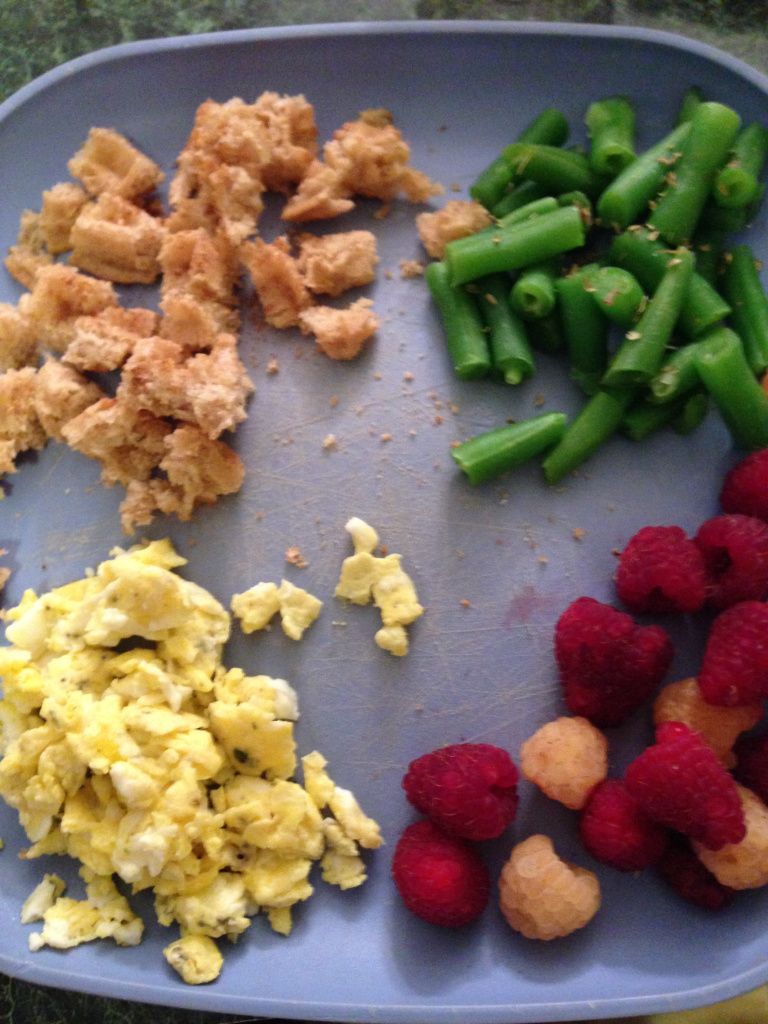 Sweet soda should be excluded from the diet of the baby.
Sweet soda should be excluded from the diet of the baby.
What foods should not be given to a one-year-old child
Approach the baby's menu carefully. Do not rush to transplant him to an adult table. Among the forbidden foods for a one-year-old child:
-
Fried foods, including chips, snacks and fast food.
-
Meats and offal such as sausages and sausages, other than liver, heart and tongue.
-
Curds, ice cream, condensed milk, koumiss.
-
Mushrooms.
-
Products containing colorants and flavors.
-
Cream confectionery containing vegetable protein.
-
Carbonated drinks.
-
Concentrates like Doshirak.
-
Caramel and gum.
-
Pickled vegetables and fruits.
-
Spices and condiments, including ketchup, mayonnaise and other sauces.
-
Smoked products.
Advice
Buy food from stores labeled "Baby Food".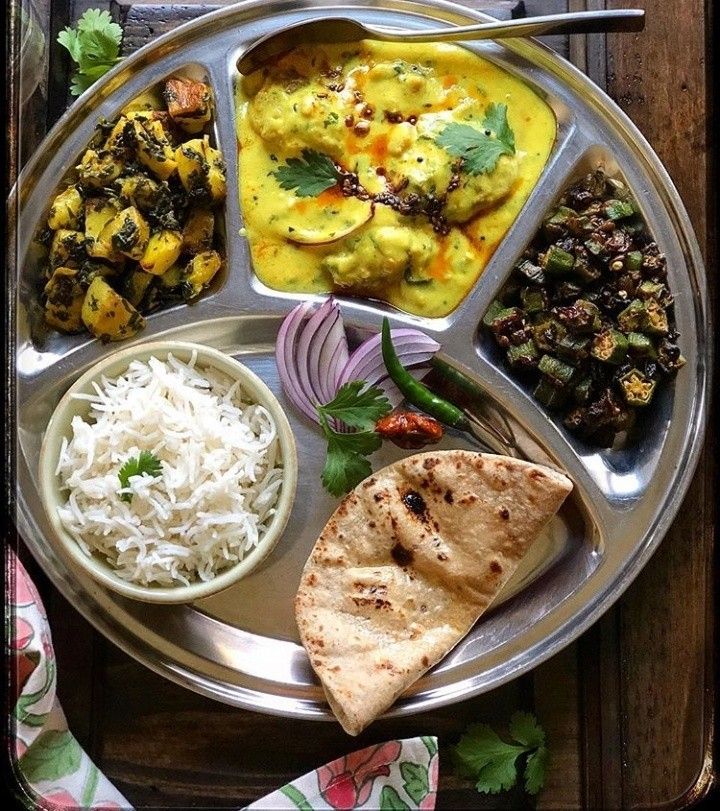 The label often says for what age this product is intended. There are no additives, GMOs, artificially grown products and other things in baby food. Read the contents of the label carefully. Often unscrupulous manufacturers use false labels for marketing purposes.
The label often says for what age this product is intended. There are no additives, GMOs, artificially grown products and other things in baby food. Read the contents of the label carefully. Often unscrupulous manufacturers use false labels for marketing purposes.
What to do if the child does not want to eat
It is difficult to persuade children to try unusual food. There are four ways to deal with this problem:
-
Lead by example before introducing new foods. When he sees that adults eat with appetite, he involuntarily wants to try it. But remember that the baby gets used to a new food only from the tenth time.
-
Try one new product at a time. A child needs time to get used to it. New food should be combined with what is already loved.
-
Don't force your child to eat something they don't like. Let him choose what he wants.
-
Food should be as simple and familiar as possible. Children do not like dishes with many obscure ingredients like casseroles.
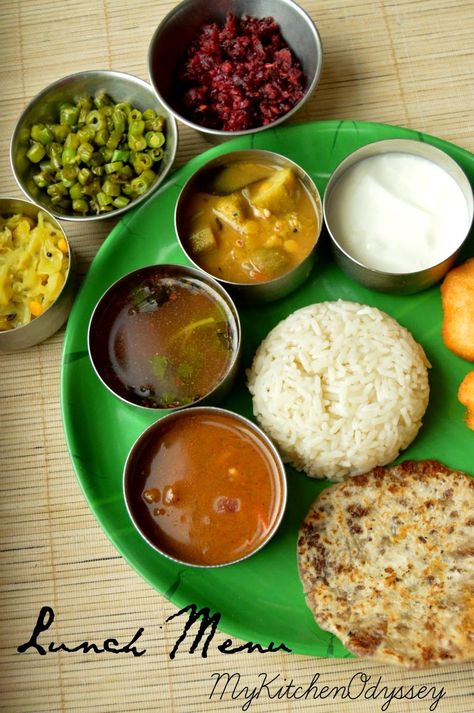
Tip
Babies eat better when they are relaxed. Work up an appetite during a walk or after a game. Never teach children to watch TV or smartphones while eating. Eating should be extremely calm.
Benefits of pre-mixed formulas
Don't be afraid to switch babies to formula instead of breastfeeding. They benefit the baby's body, unlike, say, goat's milk. Goat's or cow's milk is too low in nutrients and high in protein. Its digestion increases the load on the gastrointestinal tract of the child and leads to obesity.
Three advantages of mixtures:
-
Contains polyunsaturated fatty acids that are beneficial for the baby's body.
-
Rich in probiotics and prebiotics, live bacteria that maintain normal intestinal microflora.
-
Give your child the necessary balanced intake of vitamins and minerals.
Advice
Formula will not replace breast milk.
What can be done?
Set a clear power mode.